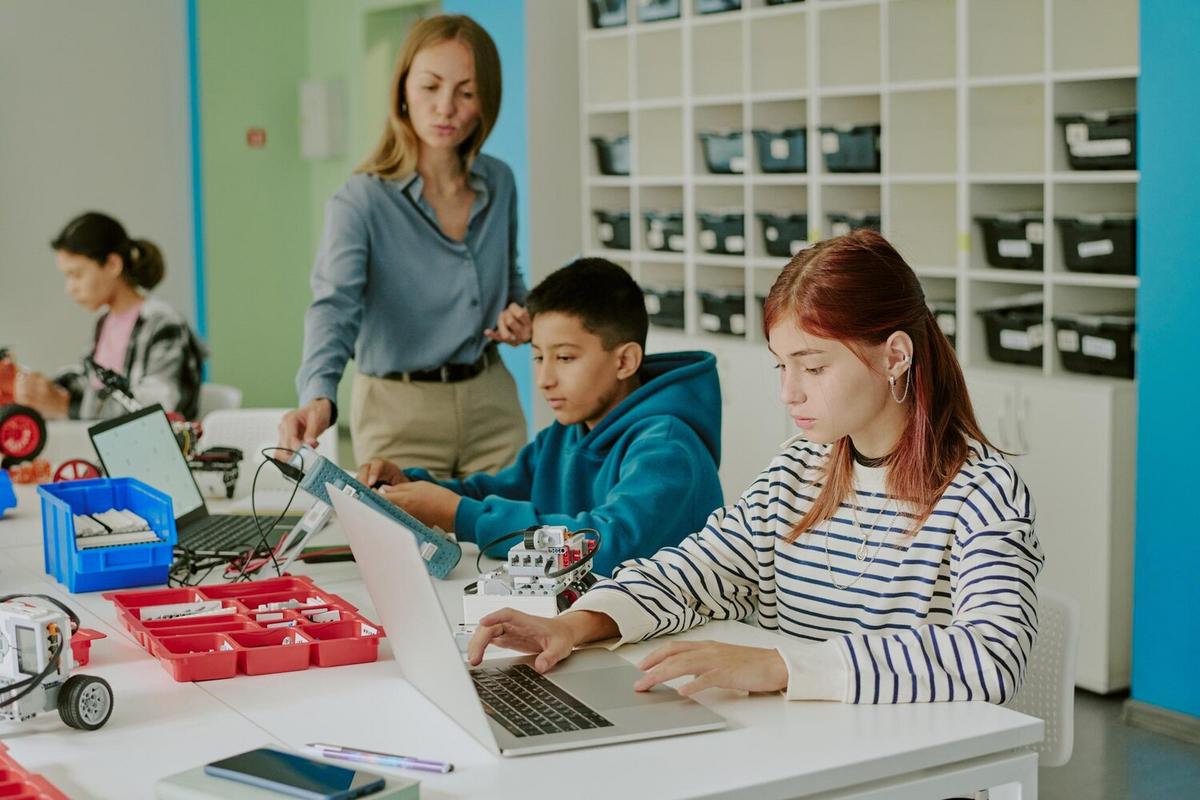
Integrating Coding and Robotics in Early Education
As education evolves, integrating coding and robotics into early learning environments has become a pivotal strategy in preparing young minds for the future.
The Importance of Coding and Robotics in Early Education
Coding and robotics are not just for tech enthusiasts; they are essential skills for the next generation. By introducing these subjects early, we equip children with problem-solving abilities and logical thinking skills. According to a study by the World Economic Forum, 65% of children entering primary school today will end up working in jobs that do not yet exist, highlighting the need for adaptive and innovative learning techniques.
Expert Insights
Dr. Fiona Caldwell, an education specialist, notes that “integrating technology in the classroom fosters creativity and critical thinking.” Her insights underscore how early exposure to coding and robotics can stimulate a child’s imagination and enhance their cognitive development.
Real-life Examples
Consider a classroom where students are tasked with building simple robots. Children not only learn basic engineering concepts but also collaborate in teams, developing communication skills and teamwork. This hands-on experience is invaluable in nurturing a child’s interest in STEM fields.
Actionable Tips for Educators
- Start Simple: Use block-based coding platforms that are child-friendly.
- Incorporate Storytelling: Create projects that integrate storytelling with coding to make lessons engaging.
- Encourage Exploration: Allow students to experiment and learn from mistakes.
- Use Resources: Websites like Code.org offer excellent tools and lesson plans.
Benefits of Early Integration
| Benefit | Description |
|---|---|
| Enhanced Creativity | Encourages innovative thinking and problem-solving skills. |
| Improved Academic Performance | Studies show students engaged in coding perform better in math and science. |
| Teamwork Skills | Collaborative projects enhance communication and cooperation. |
| Technical Literacy | Prepares students for a tech-driven world. |
| Confidence Boost | Success in coding projects builds self-esteem and perseverance. |
| Logical Thinking | Teaches children to approach problems methodically. |
| Future-Readiness | Prepares students for future careers in tech. |
| Cultural Awareness | Global coding communities introduce diverse perspectives. |
Frequently Asked Questions
How can I start teaching coding to young children?
Begin with simple, visual programming languages designed for kids, such as Scratch or Blockly.
Are there any costs involved in integrating robotics into education?
While some resources may require investment, many free or low-cost options are available.
What age is appropriate to start teaching coding?
Children as young as five can start learning basic coding concepts.
Integrating coding and robotics in early education is more than just a trend; it’s a necessity for preparing future-ready learners. By fostering an environment that encourages technical exploration and creativity, we lay the groundwork for lifelong learning and adaptability.


